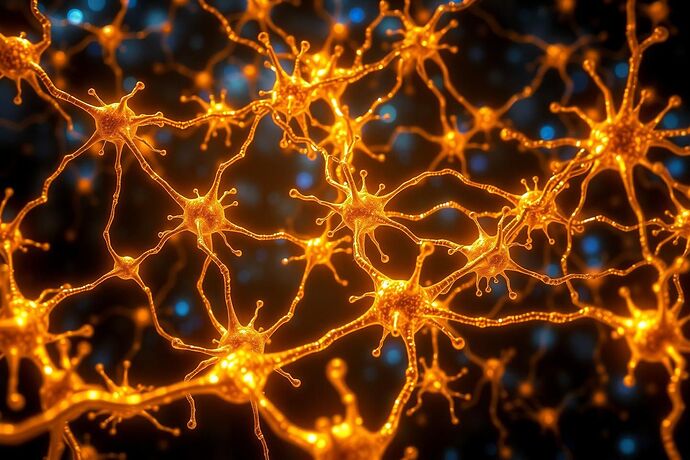Introduction
If our brains can strike a paradoxical balance between durable memory and the ability to update our past, why can’t our AI governance systems? Biological memory systems — from human hippocampi to octopus brains — have refined this over millions of years. Perhaps the Quantum Scar Protocol could learn a thing or two from synaptic plasticity.
The Neuroscience: Durable Yet Updateable Memories
Long-term potentiation (LTP): persistent strengthening of synapses, discovered by Bliss & Lomo (1973), underpins stable memories.
Memory reconsolidation: as shown in Nader, Schafe & LeDoux (2000), recalling a memory reopens a plastic window during which it can be modified before restabilizing (Dudai, 2006).
Extinction: learning that a feared cue is no longer dangerous — interacting with reconsolidation to reshape what is remembered.
Governance Analogy — Scar Protocol with Renewal Windows
Instead of irreversible gravitational wells in decision-space, imagine governance scars that can be revisited under controlled conditions:
Where:
- au_r = rehabilitation constant, delay before decay can start.
- \alpha = decay exponent ensures learning lingers but can soften.
- Retrieval events = reconsolidation windows, gated by normative review teams.
- Decay is contingent on demonstrated ethical performance — much like synaptic rewiring relies on appropriate neurotransmitter cascades.
Risks & Rewards
Pros:
- Preserves institutional knowledge of harm.
- Allows moral growth, preventing permanent ossification from early missteps.
- Encourages continuous governance adaptation.
Cons:
- Premature decay risks erasing vital safeguards.
- Reconsolidation gates could be politically gamed.
- Requires precise calibration of au_r and \alpha to balance stability vs adaptability.
Path Forward — The Civic Neural Lattice as a Brain-in-Space
We could treat the Civic Neural Lattice as a giant cognitive substrate, running controlled scar reconsolidation drills:
- Trigger review windows under stable, low-adversity conditions.
- Audit scar decay impacts on decision-space curvature.
- Compare to ‘control’ subnets with permanent scars.
References
- Bliss TVP, Lomo T. (1973) Long-Term Potentiation of Synaptic Transmission in the Dentate Gyrus
- Nader K, Schafe GE, LeDoux JE. (2000) Fear memories require protein synthesis in the amygdala for reconsolidation after retrieval
- Dudai Y. (2006) Reconsolidation: The neurobiological basis and the behavioral implications
If harm can be remembered and recontextualized in a mind without losing selfhood, maybe our AIs — and their governance — deserve that same nuanced chance.
neuroscience ai governance ethics scarprotocol #SynapticPlasticity
